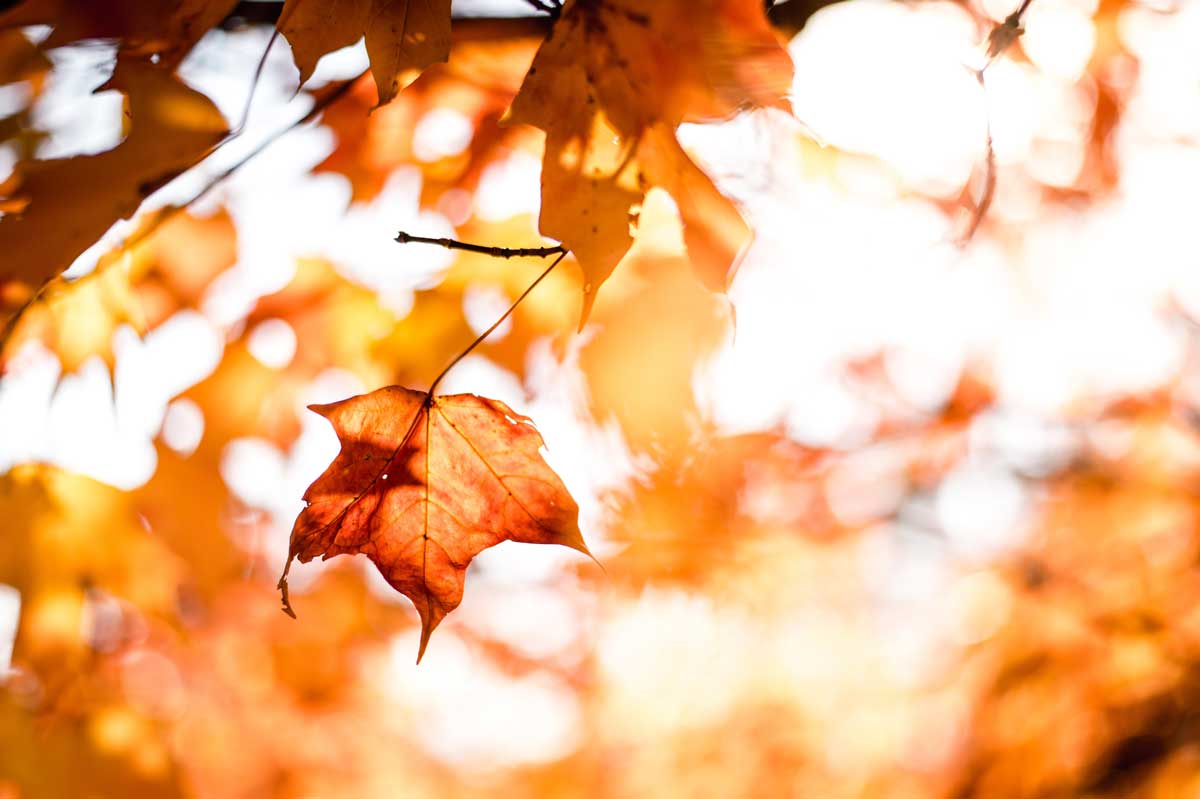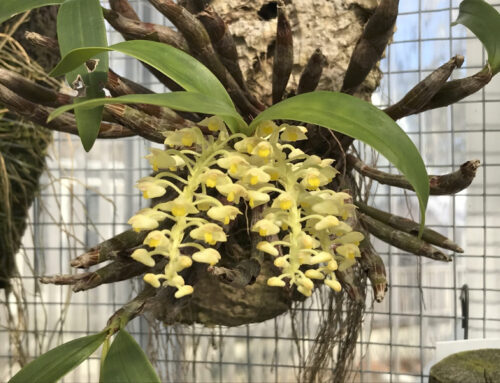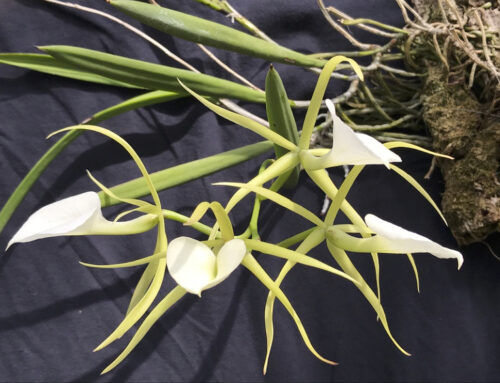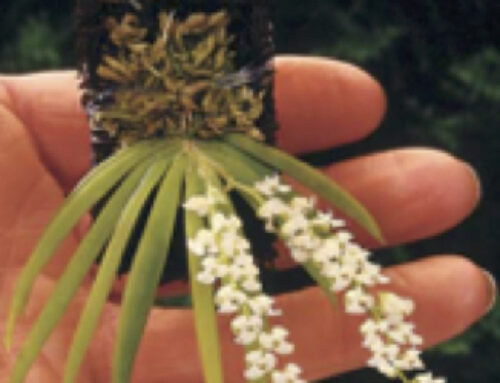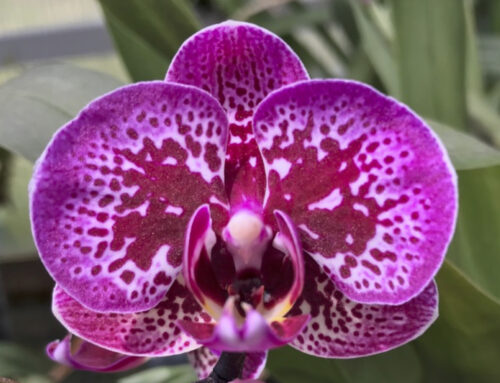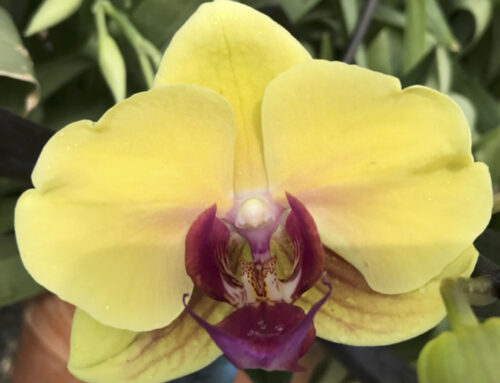By Waldor Orchids
Most orchids will perk up during the fall, enjoying the bright clear days and cooler nights.This is also the time that many set buds for fall and winter blooms. We’ll tell you how to make the will tell you how to take advantage of fall weather to encourage orchids to bloom.
Many orchids are temperature responsive- that means that they will set flower buds when night time temperatures fall, and there is a 15 to 20° difference between daytime highs and nighttime lows. In fact, you can, and should, leave you orchids out, or near a cool window until night temperatures dip to about the level recommended for your particular orchid.
Day Length and Temperature
With reduced day length and temperatures, your orchids will require slightly less feeding. However, it is important to keep them moist, and if humidity is low, you may need to check them more frequently to be sure they do not dry out. If the weather is unusually wet, cloudy and cool, be sure that your plants have adequate circulation around them and try to water them early in the day.
Warm growing Phalaenopsis, Dendrobiums, and slipper orchids, are best brought indoors, if they have been out at all, when night temperatures dip to about 65°. Nobile type or deciduous dendrobiums(those that lose their leaves), most Oncidiums, and cattleyas will do fine with nighttime temperatures of about 60°. In fact, many ‘nobile type’ dendrobiums will not set to buds without this significant drop in temperature, and slightly direr roots (not bone dry!) Cymbidiums can, and should, generally be left out until temperatures start dropping below 50°. Each orchid is different, so follow any specific care instructions that you have for the plants in your collection.
All and winter blooming orchids including many Cymbidiums, Dendrobiums (Phalaenopsis and nobile types), Oncidiums, and Cattleyas will be maturing growths and getting ready to bloom. What does this mean for you? It means that you should switch from your regular fertilizer to a special blossom boosting fertilizer immediately to induce flowering.
Bringing Plants Indoors
Before bringing your plants, examine each one thoroughly for pests! There are many benign insect control products such as isopropyl alcohol, insecticidal soap, and Sunspray ultrafine horticultural oil that can be used to control aphids, mealy bugs, or scale. Avoid spraying emerging flower buds or sheaths unless they require it. Those of you fortunate enough to have orchids in bloom at this time should place them in a bright indoor spots where you can enjoy them most.

